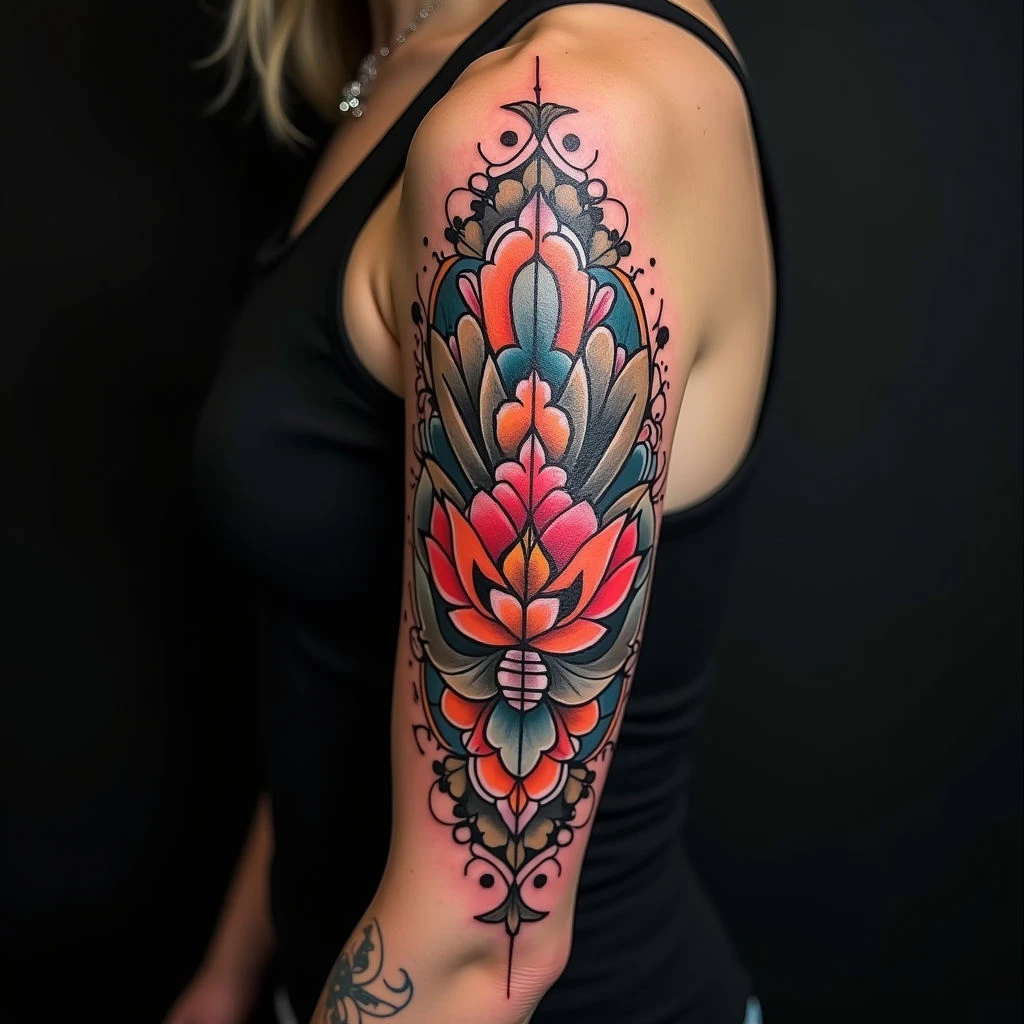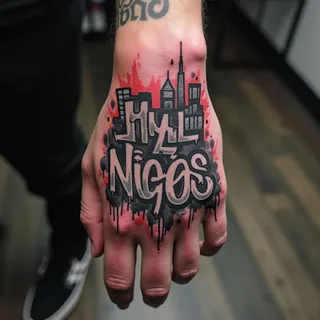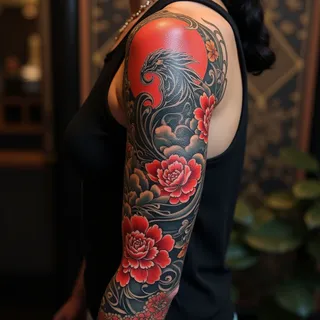Understanding the Cultural Significance of Tattoos
Beyond the Surface: Understanding Cultural Significance
Many of what are deemed ÔÇťcoolÔÇŁ tattoo designs have roots within established culturesÔÇöand often, these traditions are stripped of their context and significance. For example, a dreamcatcher isnÔÇÖt simply a decorative element; it is a sacred object created by Indigenous peoples with deep spiritual purpose.
Exploring Tattoo Styles (with Respect)
Tribal
Authentic tribal designs (from various nations) carry profound meaning passed down through generations. Seek guidance from knowledgeable sources if you're interested in these. Avoid generic ÔÇśtribalÔÇÖ imagery, which is often appropriation and lacks genuine connection.
Neo-Traditional
A modern evolution of classic American traditional styles, offering a blend of bold lines and nuanced colors that can create striking arm tattoos.
Realism/Portrait Tattoos
If you admire realism, consider portraits of loved ones or depictions of natural elements. Approach portraiture with humility and accuracy.
Illustrative
This style allows for creativity and storytelling through detailed imagery, but be mindful of cultural references.
Important Considerations: Avoiding Cultural Appropriation
Before getting *any* tattooÔÇöespecially one drawing from a culture that isnÔÇÖt your ownÔÇödo thorough research. Ask yourself: Does this design have specific cultural significance? Am I honoring the source of this imagery or simply using it for aesthetics? Can I respectfully learn about the meaning and history behind this design?
Choosing a Respectful Artist
Seek out artists who are knowledgeable about cultural sensitivity and willing to engage in thoughtful discussions about your design choices. Many Indigenous tattoo artists offer respectful designs and guidance. Your skin is a sacred space ÔÇô treat it with reverence, respect, and knowledge.


